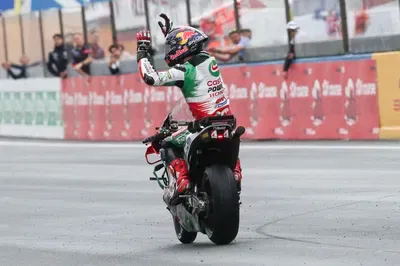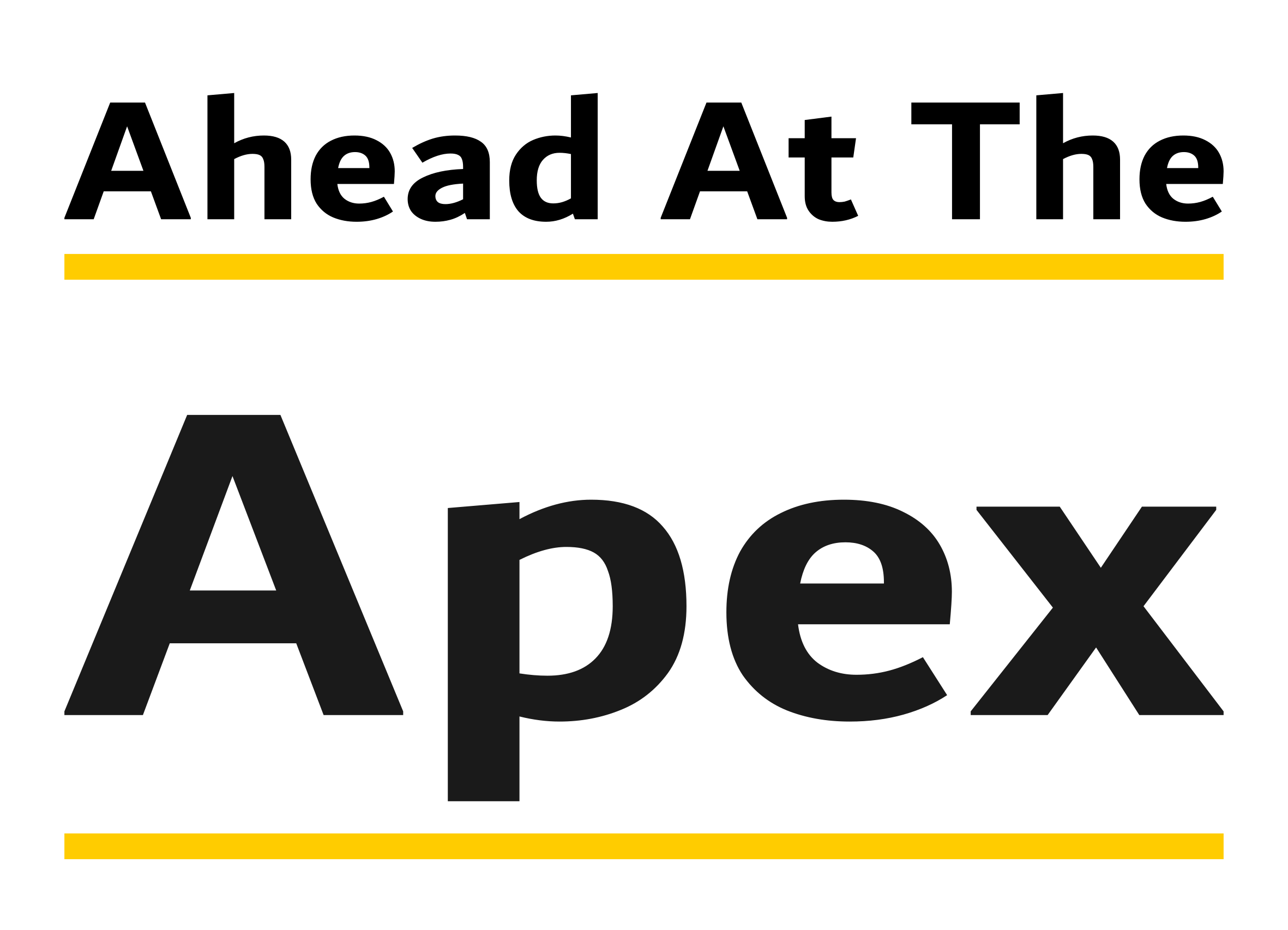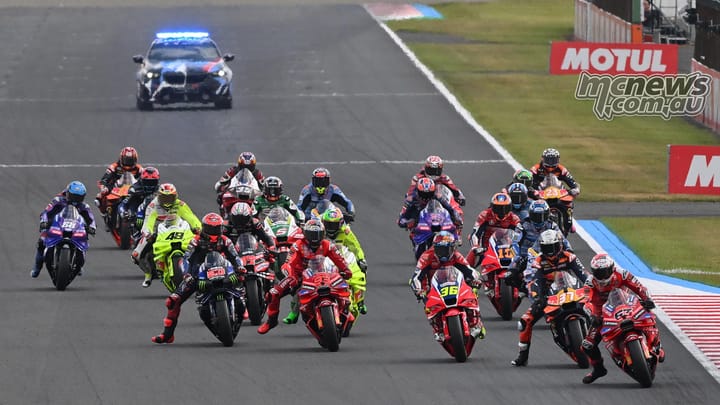Zarco's Zenith: A Historic and Chaotic French Grand Prix
Johann Zarco's record-breaking triumph was a moment for the ages, a true testament to perseverance and seizing an unexpected opportunity amidst pure chaos.

If you missed the French Grand Prix last weekend, do yourself a favour and find the highlights. What unfolded at Le Mans was nothing short of phenomenal - a gripping, historical spectacle that sent shockwaves through the MotoGP world, culminating in a victory that has left me utterly speechless.
To truly appreciate the magnitude of this race, it's important to understand the nuances that differentiate motorcycle racing from the car racing many are familiar with, like Formula 1 or Endurance Racing. The world of MotoGP, while exhilarating, can often feel complex and somewhat inaccessible to the uninitiated. One of the ever-present tensions in MotoGP is the mere hint of rain. Riding a high-performance prototype motorcycle in wet conditions is an incredible demanding and precarious task.
As the MotoGP riders prepared to leave the grid for their warm-up lap at Le Mans, the first drops of rain began to fall. Crucially, every single bike was fitted with Michelin's slick tyres, designed for dry conditions and offering virtually no grip on a wet track. In a swift and decisive move, the entire grid peeled into the pit lane to switch to their "wet bikes" - motorcycles specifically set up with wet-weather tyres.
Now, here's where the rules diverge from car racing. Starting from the pit lane with so many riders would have been inherently unsafe. Therefore, the race was red-flagged before it even began, resulting in a one-lap reduction from the total race distance. With the rain now falling steadily, the race was officially declared a wet race (flag-to-flag), meaning riders had the freedom to change bikes between dry and wet setups as often as they deemed necessary.

Following the red flag and the bike swaps, the riders were released from the pit lane for a sighting lap - a standard procedure at the start of a race. However, at the end of this sighting lap, an astonishing sight unfolded: more than half the grid opted to come back into the pit lane again to switch back to their dry bikes, gambling that the rain wouldn't last. This is where the complexity intensified. Because this occurred at the end of the sighting lap, not the warm-up lap, these riders were slapped with a double long lap penalty. For those unfamiliar, the long lap loop is an extended section of the track designed to cost a rider approximately 5-10 seconds in penalty time, requiring them to stay within specific speed limits and track boundaries.
Amidst this strategic pandemonium, a small group of riders decided to stick with their wet tyres. The grid eventually formed, a fascinating mix of tyre choices setting the stage for a truly unpredictable start. As the lights went out, the rapid pack of MotoGP bikes hurtled towards the first braking zone at turn 3 with vastly different approach speeds, a direct consequence of the contrasting tyre grip levels. This difference in speed triggered an incident between double-world champion Pecco Bagnaia and Joan Mir, both riders crashing out on the very first lap. The chaos nearly collected Zarco, who was on the outside of turn 3 - a chilling "what if" moment considering the final outcome.

Bagnaia managed to get his bike back to the pits and switched to a dry machine, but he was now a full lap down on the rest of the field - an eternity in a 26-lap race. Shortly after, home-hero Fabio Quartararo and Brad Binder both crashed out at the final corner. The frustrated Frenchman, clearly overwhelmed by the situation, directed his anger towards a marshal assisting with the recovery, an incident that would later earn him a penalty. By this point, the intensifying rain was undeniable, and the KTM duo of Pedro Acosta and Maverick Viñales made the call to pit and switch back to their wet bikes. They were swiftly followed by the Marquez brothers and then Aldeguer, who had briefly found himself leading the race.
Once the flurry of pit stops, penalties, and early crashes had settled, an unlikely duo emerged in a strong position: Jack Miller and the home favourite, Johann Zarco. Having stayed relatively close to the leaders and crucially stuck to their guns on the wet tyres, they appeared to be the prime contenders for victory. Then, out of nowhere, the live feed showed images of Miller walking down the pit lane - his race seemingly over. Suddenly, a Frenchman was in the lead of the French Grand Prix, and by a significant margin! The gap to Marc Marquez in second place was a staggering 8.5 seconds. From there, Zarco rode with incredible composure, churning out consistently fast and faultless laps, extending his lead to a dominant 19.9 seconds by the finish line.
While a 19.9-second lead might not sound particularly thrilling to those accustomed to the nail-biting finishes often seen in MotoGP (where anything over 2 seconds is considered a significant gap), it was the utterly unpredictable nature of the weather and the strategic gambles that kept the record-breaking crowd of 297, 471 at the circuit and the viewers around the world glued to the action. Oliveira crashed out, Alex Marquez crashed - twice, Aldeguer chased down and dramatically overtook Acosta to secure his first podium in the final moments - it genuinely felt like anything could happen to anyone at any time. It was pure, unadulterated racing chaos.

So, why was this victory so profoundly historical? The French Grand Prix hadn't been won by a French rider since 1954. Johann Zarco's triumph marks the end of a 71-year drought, almost the entire lifespan of the MotoGP World Championship itself! Adding another layer to the significance, Ducati were on a record-breaking weekend, poised to break Honda's long-standing record of 22 consecutive Grand Prix victories by taking their 23rd in a row. However, Zarco's victory, incredibly, keeps that record equaled, defending Honda's honour. The win also marks Honda's first in over two years, their last triumph being the 2023 Americas Grand Prix.

Overwhelmed with emotion, surrounded by his family, friends, and that record-breaking French crowd, Zarco sprinted from parc fermé to the start/finish straight to celebrate with his signature backflip from the crash barrier, tears of pure joy streaming down his face. It was an unforgettable moment, a truly great day for the sport and for French motorsport history.
What was your most memorable moment from Johann Zarco's historic French Grand Prix victory? Share your reactions and thoughts in the comments below!




Comments ()